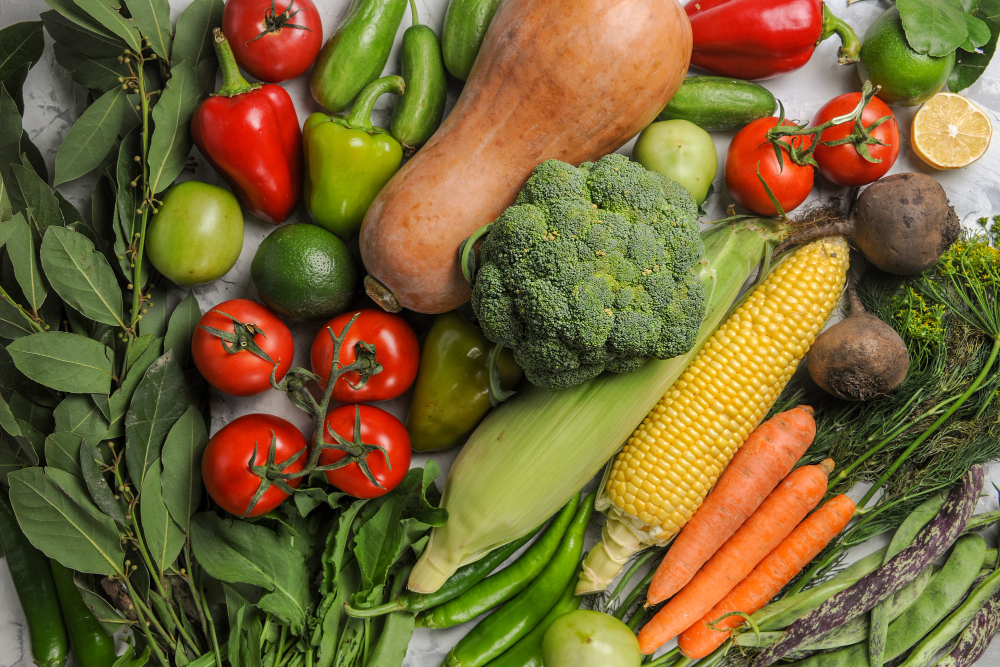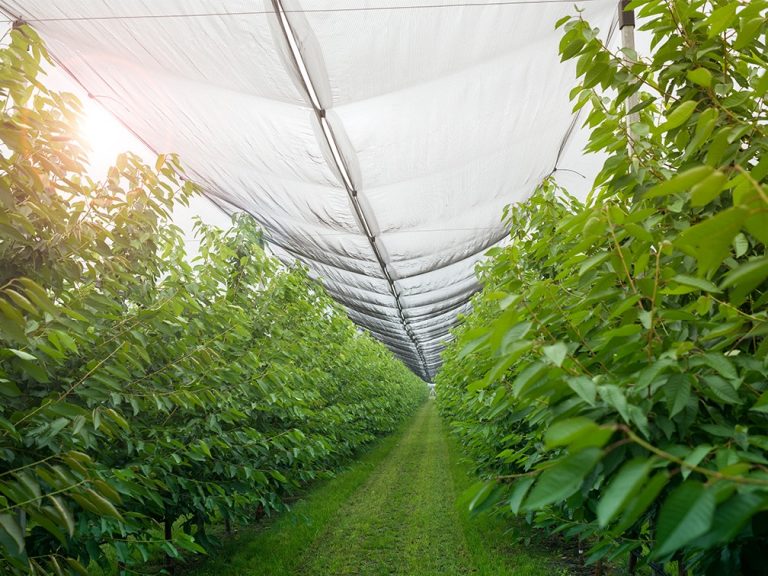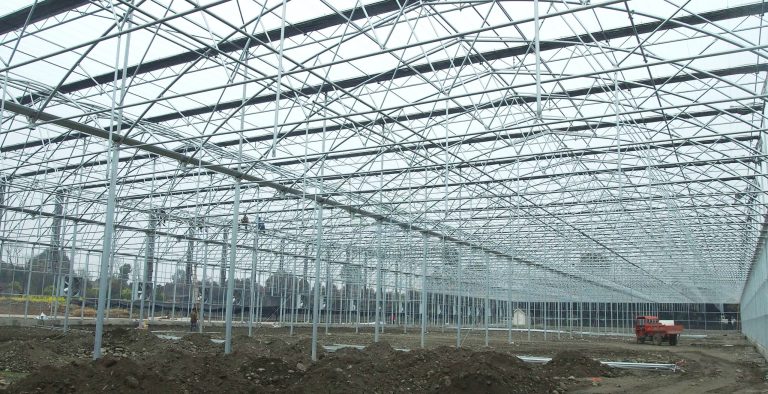
Key Points
- Research suggests greenhouse vegetables can have the same or higher nutritional value as field-grown ones, depending on growing conditions.
- The evidence leans toward both methods being comparable, with differences in nutrients like vitamin C, minerals, and fiber varying by study.
- There is some controversy, as some studies show field-grown vegetables may have higher levels of certain nutrients, while others favor greenhouse methods.
Overview
Hot house (greenhouse) vegetables can be as nutritious as those grown in fields, with the potential for even higher nutrient levels under optimized conditions. The nutritional value depends on factors like light, soil, and management practices, so both methods have their strengths. An unexpected detail is that greenhouse vegetables might benefit from controlled environments, reducing pesticide use and enhancing certain micronutrients, which could be surprising for those assuming field-grown are always better.
Growing Conditions and Nutrition
Greenhouses offer a controlled environment, which can enhance nutrient uptake by maintaining consistent temperature, humidity, and light. This can lead to higher levels of micronutrients like iron, zinc, and vitamin C in some cases. Field-grown vegetables, on the other hand, benefit from natural sunlight and soil conditions, potentially leading to higher levels of chlorophyll, crude fiber, and minerals like potassium and calcium. However, field crops are more exposed to weather and pests, which can sometimes reduce nutritional content.
Variability and Research
Studies show mixed results: some indicate greenhouse vegetables have better nutritional quality, while others suggest field-grown vegetables are superior for certain nutrients. For example, a study on tomatoes found greenhouse-grown ones had greater mineral content, while another on leafy greens showed field-grown had higher vitamin C. This variability highlights that both methods can be equally nutritious, depending on how they are managed.
Survey Note: Detailed Analysis of Greenhouse vs. Field-Grown Vegetable Nutrition
This note provides a comprehensive examination of the nutritional comparison between greenhouse (hot house) and field-grown vegetables, drawing from scientific literature and reliable sources. The analysis aims to address whether greenhouse vegetables have the same food value as those grown in fields, considering the complexities and variability in growing conditions.
Background and Context
Vegetables are a critical component of human diets, providing essential vitamins, minerals, and fiber. The method of cultivation—whether in greenhouses or open fields—can influence their nutritional content due to differences in environmental factors such as light, temperature, soil, and pest management. Greenhouses offer controlled conditions, potentially optimizing nutrient uptake, while field cultivation relies on natural conditions, which can vary widely. This analysis seeks to synthesize findings from various studies to provide a balanced view.
Nutritional Comparison: Key Studies and Findings
Several studies have compared the nutritional profiles of greenhouse and field-grown vegetables, with results varying by nutrient, vegetable type, and growing practices. Below is a detailed breakdown based on the available research:
- PubMed Study (1999): This study, published in Zhonghua Yu Fang Yi Xue Za Zhi, analyzed vegetables grown in plastic greenhouses versus open-air fields. It found that greenhouse vegetables had lower contents of chlorophyll a and b, total chlorophyll, reduced vitamin C, crude fiber, and minerals such as potassium, calcium, magnesium, iron, zinc, copper, and phosphorus compared to field-grown vegetables. The study attributed these differences to lower wind speed and darker illumination in greenhouses, affecting photosynthesis and water uptake (PubMed Study).
| Component | Greenhouse Vegetables | Field-Grown Vegetables |
|---|---|---|
| Chlorophyll a and b | Lower | Higher |
| Total Chlorophyll | Lower | Higher |
| Reduced Vitamin C | Lower | Higher |
| Crude Fiber | Lower | Higher |
| Potassium | Lower | Higher |
| Calcium | Lower | Higher |
| Magnesium | Lower | Higher |
| Iron | Lower | Higher |
| Zinc | Lower | Higher |
| Copper | Lower | Higher |
| Phosphorus | Lower | Higher |
- International Journal of Vegetable Science (2011): This study, published in International Journal of Vegetable Science, compared greenhouse and field-grown bell pepper, cucumber, and tomato. It concluded that the nutritional quality, in terms of micronutrients (Ca, Mg, P, K, Fe, Zn, Cu, Mn) and ascorbic acid, was better in greenhouse-grown vegetables. Specifically, greenhouse-grown vegetables had higher potassium, phosphorus, and magnesium concentrations, though some micronutrients were deficient compared to recommended levels. The study noted that daily intake of ascorbic acid from greenhouse vegetables exceeded the RDA, while field-grown vegetables had lower micronutrient and ascorbic acid levels (International Journal of Vegetable Science).
- Notulae Botanicae Horti Agrobotanici (2024): Focusing on tomatoes, this study analyzed samples from nine cities in Türkiye, finding that greenhouse-grown tomatoes had greater mineral nutrient contents (boron, calcium, copper, iron, potassium, magnesium, manganese, sodium, zinc) compared to field-grown ones. The study attributed this to protection from external effects and pesticides, allowing for healthier and nutritionally richer growth (Notulae Botanicae Horti Agrobotanici).
| Element | Lowest Concentration (mg kg⁻¹ dry weight) | Highest Concentration (mg kg⁻¹ dry weight) |
|---|---|---|
| Boron | 18.13 | 28.30 |
| Calcium | 1277 | 1836 |
| Copper | 4.60 | 9.45 |
| Iron | 18.86 | 27.33 |
| Potassium | 20384 | 22305 |
| Magnesium | 1870 | 2107 |
| Manganese | 10.12 | 23.27 |
| Sodium | 119.65 | 209.11 |
| Zinc | 15.55 | 25.41 |
- Frontiers in Sustainable Food Systems (2022): This study examined greenhouse-grown leafy greens (arugula, mizuna, red giant mustard, spinach) under conventional and organic fertility treatments. It found variability in nutrient content, with some treatments showing higher vitamin C and potassium levels, but did not directly compare to field-grown vegetables. It noted that nitrate levels were generally higher in conventionally grown greens, which might imply differences compared to field-grown, but this was not explicitly stated (Frontiers in Sustainable Food Systems).
| Nutrient/Compound | Findings for Greenhouse-Grown Leafy Greens | Specific Details (Exact Numbers) |
|---|---|---|
| Vitamin C | Higher in early spring vs. winter, organic vs. conventional impacts observed | Mizuna: CC treatment 48.13 mg/100 g fw (exp. 2) vs. 11.94 mg/100 g fw (exp. 1) |
| Potassium | Higher in certain organic treatments, “good source” claim possible | Mizuna: CM treatment 860.3 mg/100 g fw (exp. 1), CC 393.1 mg/100 g fw |
| Dietary Fiber | No consistent differences, “good source” claim for some treatments | Mizuna: CC 4.30 g/100 g fw (exp. 2) |
| Calcium | Most treatments qualify for “good source” claim | Red giant mustard: CC 191.3 mg/100 g fw (exp. 1) |
| Iron | No consistent differences | – |
| Sodium | Universally low, highest in FE treatment | Mizuna: FE treatment 142.66 mg/100 g fw (exp. 1) |
| Nitrate | Generally higher in conventionally grown, organic may have lower | Arugula: CM 1,244 ppm, AO 1,255 ppm (exp. 1) |
- New Scientist Article (2023): This article, published in New Scientist, claimed that under ideal conditions, greenhouse-grown fruits and vegetables are more nutritious and healthier than field-grown ones, citing controlled environments, reduced pesticide use, and supplemental lighting as advantages. However, it did not provide specific data or studies for comparison (New Scientist).
Factors Influencing Nutritional Value
The nutritional differences between greenhouse and field-grown vegetables are influenced by several factors:
- Light: Greenhouses may have reduced natural sunlight, affecting photosynthesis and nutrient content, but supplemental lighting can mitigate this. Field-grown vegetables benefit from direct sunlight, potentially increasing chlorophyll and vitamin levels.
- Soil and Fertilizer: Greenhouse cultivation often uses soilless systems or controlled soil, with precise fertilizer application, which can enhance nutrient uptake. Field cultivation relies on natural soil, which may vary in fertility and mineral content.
- Pest and Disease Management: Greenhouses reduce pest exposure, potentially decreasing the need for pesticides, which can affect nutrient levels. Field-grown vegetables may require more chemical inputs, potentially impacting nutritional quality.
- Growing Season and Climate: Greenhouses extend growing seasons, allowing year-round production, which can maintain consistent nutrient levels. Field-grown vegetables are subject to seasonal variations, potentially affecting nutrient density.
Synthesis and Conclusion
The evidence suggests that greenhouse vegetables can have the same food value as field-grown ones, with the potential for higher nutritional content under optimized conditions. Studies like the International Journal of Vegetable Science and Notulae Botanicae Horti Agrobotanici indicate that greenhouse vegetables can have better micronutrient and ascorbic acid levels, while the PubMed study suggests field-grown vegetables may have higher levels of certain nutrients like vitamin C and minerals. The variability highlights that both methods can be equally nutritious, depending on management practices.
An unexpected detail is that greenhouse vegetables might benefit from controlled environments, reducing pesticide use and enhancing certain micronutrients, which could be surprising for those assuming field-grown are always better due to natural conditions. Given the mixed findings, it seems likely that with proper greenhouse management, the nutritional value can match or exceed field-grown vegetables, making both viable options for a healthy diet.




